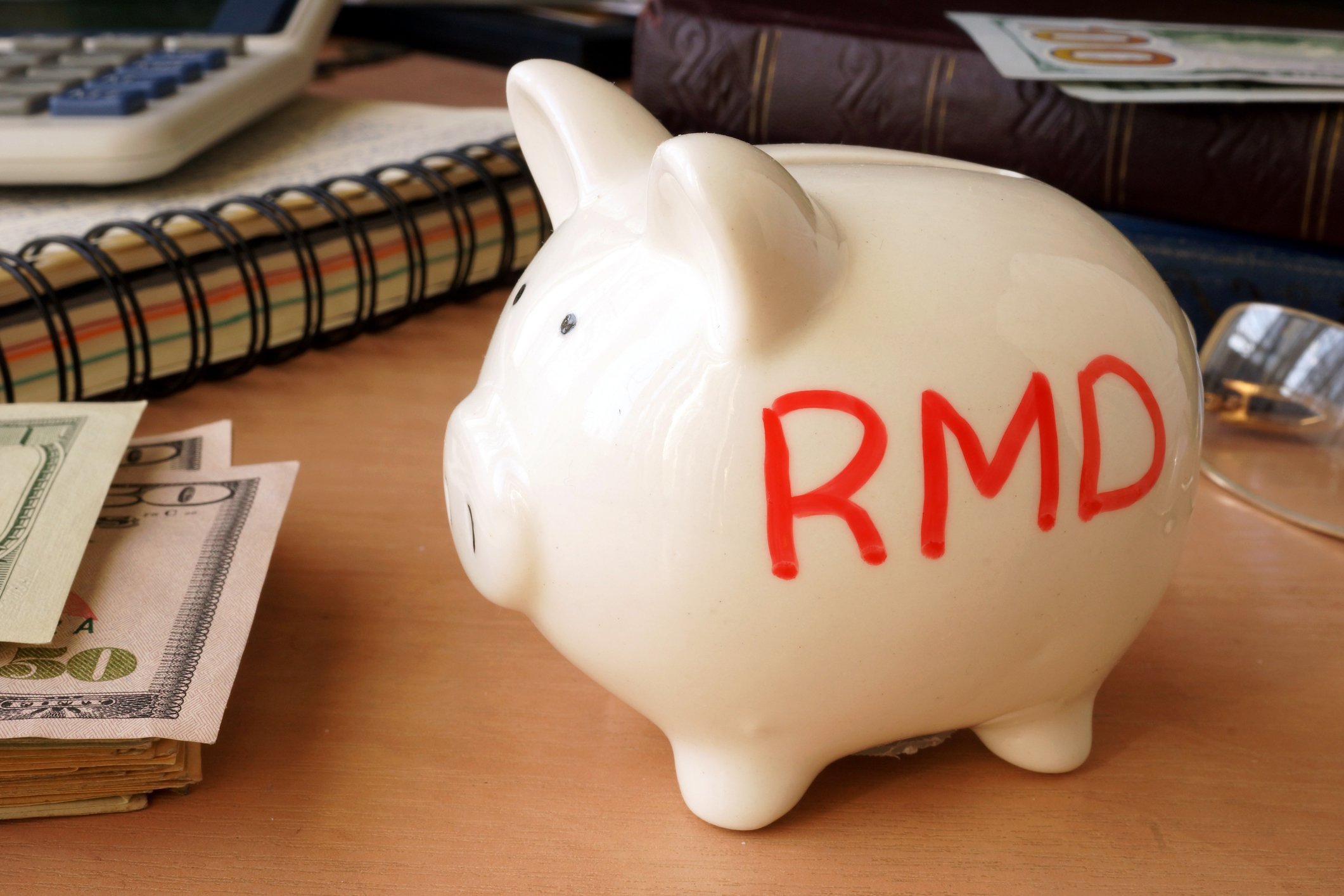Each month, more than 61 million people receive Social Security benefits (not counting those receiving supplemental security income). Roughly two-thirds of those are retired workers. According to data from the Social Security Administration (SSA) and via surveys from the likes of Gallup, Social Security income is counted on by approximately 60% of these retired workers to comprise at least half of their monthly income.
The importance of the program simply cannot be overstated. Unfortunately, neither can its problems.

Image source: Getty Images.
The ongoing retirement of baby boomers, which is weighing on the worker-to-beneficiary ratio, and a steady lengthening of life expectancies over multiple decades are pushing this vital program to the brink. The Social Security Board of Trustees report from last year estimated that by 2034 the program will exhaust the more than $2.8 trillion in excess cash it currently has. Should this extra money be completely used up, Social Security would essentially become a budget-neutral program, and across-the-board benefit cuts would likely follow.
These three factors are growing in importance
The tumult that may await Social Security means the decisions working Americans and pre-retirees make are becoming more important than ever. You see, there are three factors you have control over that could impact what you're ultimately paid by the SSA during retirement.
Two of the factors that you control are somewhat interconnected to the other: your earnings history and length of work history. The SSA takes into account your average annual earnings over your 35 highest-earning years when calculating your monthly retirement benefit. Obviously, this means the more you earn at your job throughout your lifetime, the bigger your payment will be, up to a point. In 2017, there is a maximum monthly benefit at your full retirement age of $2,687. This benefit tends to be adjusted annually, often in step with inflation.
You'll note that because the SSA factors in your 35 highest-earning years, you're encouraged to work at least 35 years. If you don't, the SSA will average $0 for each year below 35 that you worked, dragging down your eventual monthly benefit.
The third and arguably most important factor that you control is the age at which you file for benefits.
Retirees can begin receiving Social Security income at age 62 or anytime thereafter. There is, however, a big incentive offered by the SSA to get seniors to hold off on filing for benefits. For each year that you let pass without signing up for Social Security, your eventual monthly benefit grows by 8%. This continues each year between age 62 and age 70. Once you hit age 70, your benefits will stop accruing. The difference between filing as early as possible and at age 70 could be up to a 76% larger monthly check.

Image source: Getty Images.
However, the foundation of your benefits claim is understanding when you'll hit your full retirement age (FRA). Your FRA is simply the age at which the SSA deems you eligible to receive 100% of your retirement benefits. For the newest eligible retirees turning 62 in 2017 (i.e., those born in 1955), their FRA is 66 years and two months. You can find your FRA, which is based on your birth year, using this handy SSA table.
If a person born in 1955 claims Social Security benefits at any point between age 62 and age 66 and one month, their monthly payout will be permanently reduced from what they'd have received at age 66 and two months. This reduction can range from a fraction of a percent all the way up to 25.8% at age 62. Conversely, claiming at age 66 years and three months all the way up to age 70 can result in a monthly payout boost of a fraction of a percent all the way up to 30.7% at age 70 compared to their FRA.
An illustration of what you'd be paid in lifetime benefits by claiming at full retirement age
The explanation above has one simple and central thesis: If you wait longer, you'll be paid more.
The data, however, shows that most seniors don't heed this thesis. According to the Center for Retirement Research at Boston College, 60% of seniors file for benefits between ages 62 and 64. Another 30% do so at their FRA of age 65 or 66. Just 10% wait until ages 67 to 70 to claim benefits. Then again, waiting until at least your FRA can lead to a significant boost in benefits compared to claiming as early as possible at age 62.
What might the average American born in 1955 expect in lifetime Social Security benefits if he or she waits until age 66 years and two months to begin taking payments? Let's take a look.
For our example, we're going to stick with the average retired worker benefit of $1,365.35 as of March 2017 as our baseline FRA benefit, and we'll also assume an average cost-of-living adjustment of 2%, which has been about the norm over the past two decades.

Data source: Social Security Administration. Author's calculations based on a 2% annual cost-of-living adjustment for an individual born in 1955 and claiming at age 66 years and two months. Chart by author.
As you can see from the above illustration, claiming at today's full retirement age for a person born in 1955 would yield nearly $259,000 by age 79, which is more of less the average life expectancy in the United States. However, should you live to age 90, you'll have cleared more than $522,000 in lifetime Social Security benefits.
Comparatively, claiming at age 62 led to only $471,000 in lifetime income by age 90. This means waiting those extra four years and two months could allow the average retired worker claiming at full retirement age an extra $51,000 if they live to age 90.
When claiming at your full retirement age makes sense
It's important to understand that deciding when to claim Social Security is a personal decision and there is no concrete formula that can be followed to a T in determining when to sign up. Personal factors including your annual income, savings, debt, health, and whether you're caring for a spouse or another person can all weigh into your claiming decision.
Nonetheless, there are certain situations where claiming around your FRA could make sense.
For example, people in good or excellent health and who also have a family history of longevity on their side often benefit from waiting to enroll in Social Security. Admittedly, it's always a bit of a guessing game with regard to when to claim benefits because none of us knows our expiration date with any certainty. But if you do wind up living longer than the average American (78.8 years), then waiting until your FRA or after is going to net you more in lifetime benefits compared to claiming early.

Image source: Getty Images.
A higher-earning spouse is another strong candidate to wait until at least his or her FRA to claim benefits. Waiting has a bigger impact on a higher-earning spouse than a lower-earning spouse. It's not an uncommon strategy to have the lower-earning spouse file earlier to generate income for the household and then have the higher-earning spouse claim at or after their FRA, leading to a nice increase in the couple's monthly income.
Persons who have little or nothing saved for retirement can also benefit by waiting until at least their FRA. As tempting as it might be to file for benefits early in order to generate income, without any or much in the way of retirement savings, you will likely have to depend on Social Security income for the remainder of your life. This means you should aim to maximize, not minimize, this payment. Claiming at age 62 could lead to a crippling permanent reduction, which is a scary thought, with the prospect of benefit cuts on the table by 2034. Waiting until your FRA or after means getting at least 100% of what you're owed each month.
This personal decision keeps getting more important by the year, so make sure to weigh your variables and choose wisely.





